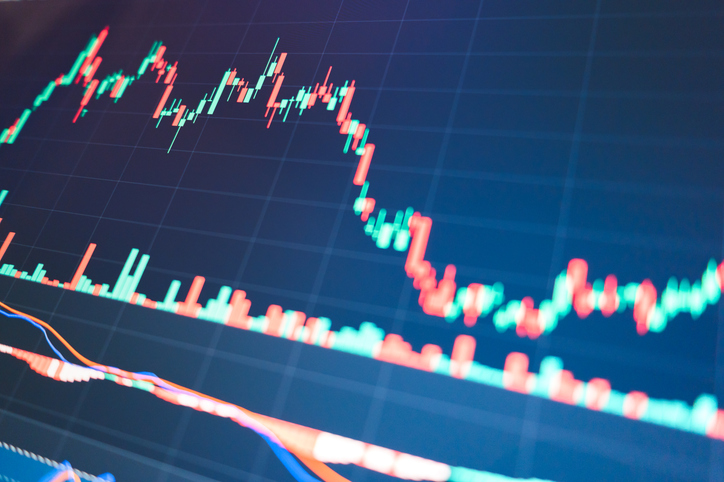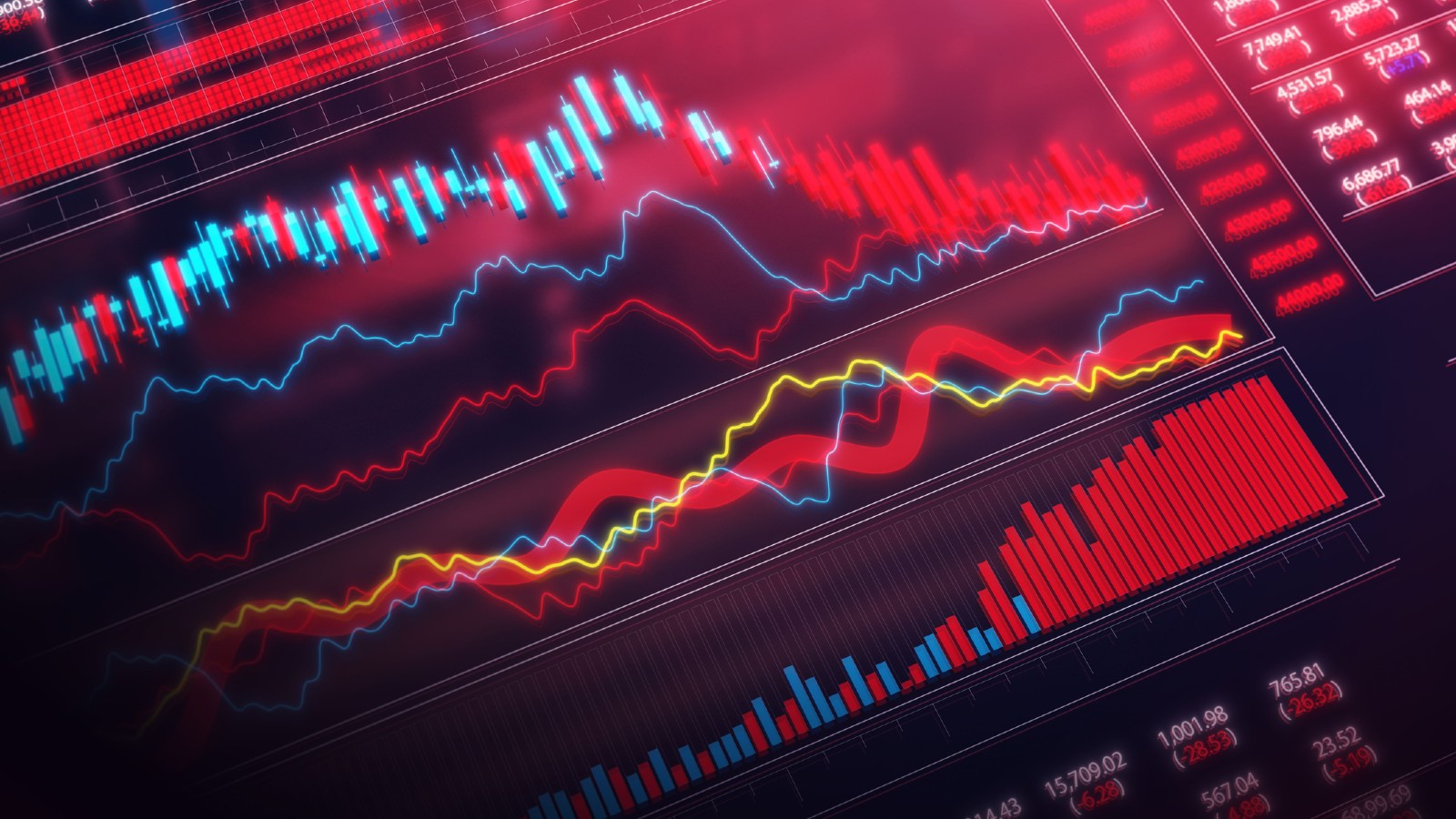Snap IPO: The Next Facebook or Another Twitter?
Snapchat’s parent is going public, but there’s no guarantee the stock will be as popular as the smartphone app.

As Snap Inc. makes its much-anticipated initial public offering, one question on investors’ minds is whether the parent of the Snapchat social app will be the next Facebook (symbol FB) or the next Twitter (TWTR). Shares of the two established social media companies have taken divergent paths since being offered to the public.
Bear in mind that it's risky to make an investment in the early days of an IPO. Kiplinger's advice with any public offering is to wait at least 90 days before buying in. That allows enough time for the hype to die down and rational analysis of a company’s business prospects to take over.
Snap certainly has a lot of hype surrounding it, and early analysis of its business prospects reveals risks.

Sign up for Kiplinger’s Free E-Newsletters
Profit and prosper with the best of expert advice on investing, taxes, retirement, personal finance and more - straight to your e-mail.
Profit and prosper with the best of expert advice - straight to your e-mail.
For the uninitiated, Snap’s Snapchat mobile app integrates with a smartphone’s camera and allows users to send and receive photos, videos and short messages. The messages, known as snaps, are designed to disappear within seconds of being viewed. This ephemeral nature of the app led to its early appeal. But the images don’t always disappear. They can be preserved by taking a screenshot, and Snapchat has added features known as Stories and Memories, both of which allow users to store and share their snaps for longer periods.
Snapchat quickly caught on with a young demographic, including coveted 18- to 34-year-olds. On average during the fourth quarter of 2016, 158 million people used the Snapchat app daily, a key industry measure known as daily active users, according to Snap’s S-1 registration statement filed with the Securities and Exchange Commission. That represented growth of 48% year-over-year. Snap makes money by delivering advertising to this growing audience.
But some analysts say Snapchat is already showing cracks. It’s competing head-to-head with Facebook, the 800-pound gorilla of social media that has 1.23 billion daily active users. Facebook also owns Instagram, an image-driven app that’s a rival of Snapchat. While Snapchat’s daily active users are increasing, the growth rate slowed in the second half of 2016 after Instagram debuted its own Stories feature.
"The slowdown in daily active users worries me, and that was perfectly in sync with the August [2016] introduction from Facebook of Instagram Stories," says Paul Meeks, chief investment officer and portfolio manager at Sloy, Dahl and Holst, a registered investment advisory firm.
In another threat, Facebook is rolling out Snapchat-like features in its WhatsApp messenger service. Decelerating user growth isn't necessarily the kiss of death for an aspiring social media network, but it is cause for concern. It’s what ultimately doomed Twitter, says Meeks of the struggling social media company that went public in 2013. Twitter stock currently trades 38% below its IPO price of $26 a share and 78% below its peak closing price of $73.31. (Prices are as of February 22.)
In addition to increased competition from Facebook, Snap also faces risks from targeting a fickle user base. Just because Snapchat is considered cool today doesn't mean it will be cool tomorrow, says Tom Taulli, editor of the InvestorPlace IPO Playbook and author of the book “High-Profit IPO Strategies.”
"Snap seems more like a niche, like Twitter," Taulli says. "Granted, it's an awesome niche -- the young crowd. But maintaining their attention is no easy feat. Oh, and they eventually grow up -- and leave!”
Snap priced its shares at $17, and trading is scheduled to begin on March 2 under the symbol SNAP. The market value of the company would be around $20 billion. It certainly needs the money, say analysts at venture firm Goodwater Capital.
Snap has already raised $2.7 billion from private investors, according to Goodwater’s analysis of the company and its IPO, but it’s down to $987 million in cash. Over the next five years, it’s under contract to pay Google and Amazon alone about $3 billion for cloud-based services. Snap spends heavily on cloud-based services to serve up the 2.5 billion snaps created daily on Snapchat.
Although Snap has delivered strong revenue growth -- its top line climbed to $404.5 million in 2016 from $58.7 million in 2015 -- it has also put up big losses. Snap’s net loss widened to $514.6 million in 2016 from $372.9 million the year before.
Even if Snap does manage to have a successful IPO, that guarantees nothing. Twitter shares soared 73% on their first day of trading and stayed well above their offering price for the next two years. But then worries about Twitter's growth rate took over. The stock, currently trading at $16.08, hasn't closed above its $26 IPO price since November 2015.
Facebook investors had the opposite experience. The company's 2012 IPO was a disappointment, at least initially. Shares fell in the aftermath and didn't close above their offering price for more than a year. Today, however, Facebook's stock is worth $136.12 per share, up 258% from its $38 debut.
All IPOs are risky, and Snap is no exception. There is tremendous hype, it’s going head-to-head with Facebook, and it has to corral fickle young users.
"For long-term investors, I think there needs to be caution,” Taulli says.
Get Kiplinger Today newsletter — free
Profit and prosper with the best of Kiplinger's advice on investing, taxes, retirement, personal finance and much more. Delivered daily. Enter your email in the box and click Sign Me Up.

Dan Burrows is Kiplinger's senior investing writer, having joined the august publication full time in 2016.
A long-time financial journalist, Dan is a veteran of MarketWatch, CBS MoneyWatch, SmartMoney, InvestorPlace, DailyFinance and other tier 1 national publications. He has written for The Wall Street Journal, Bloomberg and Consumer Reports and his stories have appeared in the New York Daily News, the San Jose Mercury News and Investor's Business Daily, among many other outlets. As a senior writer at AOL's DailyFinance, Dan reported market news from the floor of the New York Stock Exchange.
Once upon a time – before his days as a financial reporter and assistant financial editor at legendary fashion trade paper Women's Wear Daily – Dan worked for Spy magazine, scribbled away at Time Inc. and contributed to Maxim magazine back when lad mags were a thing. He's also written for Esquire magazine's Dubious Achievements Awards.
In his current role at Kiplinger, Dan writes about markets and macroeconomics.
Dan holds a bachelor's degree from Oberlin College and a master's degree from Columbia University.
Disclosure: Dan does not trade individual stocks or securities. He is eternally long the U.S equity market, primarily through tax-advantaged accounts.
-
 6 Stunning Waterfront Homes for Sale Around the US
6 Stunning Waterfront Homes for Sale Around the USFrom private peninsulas to lakes, bayous and beyond, Kiplinger's "Listed" series brings you another selection of dream homes for sale on the waterfront.
By Charlotte Gorbold Published
-
 Six Reasons to Disinherit Someone and How to Do It
Six Reasons to Disinherit Someone and How to Do ItWhether you're navigating a second marriage, dealing with an estranged relative or leaving your assets to charity, there are reasons to disinherit someone. Here's how.
By Donna LeValley Published
-
 Stock Market Today: Stocks Skid Into Another Risk-Off Turn
Stock Market Today: Stocks Skid Into Another Risk-Off TurnThe promise of the AI revolution can't overcome flickering hopes for a "Fed put."
By David Dittman Published
-
 Stock Market Today: Dow Gains After Nike Gets Upgraded
Stock Market Today: Dow Gains After Nike Gets UpgradedJefferies thinks Nike's new CEO will spark a turnaround in the beaten-down blue chip.
By Karee Venema Published
-
 Best Investments to Sidestep Trump's Trade War
Best Investments to Sidestep Trump's Trade WarThese ETFs are well-designed to weather rising U.S. protectionism and retaliatory tariffs.
By Jeff Reeves Last updated
-
 Stock Market Today: Stocks Gain to Start the Short Week
Stock Market Today: Stocks Gain to Start the Short WeekStocks struggled for direction Tuesday, though Intel made a beeline higher on M&A buzz.
By Karee Venema Published
-
 Stock Market Today: Stocks Pop on Time-Delayed Tariffs
Stock Market Today: Stocks Pop on Time-Delayed TariffsAll three major U.S. equity indexes rallied to intraday highs following President Trump's latest trade moves.
By David Dittman Published
-
 Stock Market Today: Markets Turn Lower on Nasty Inflation Surprise
Stock Market Today: Markets Turn Lower on Nasty Inflation SurpriseEquities sold off after a hot reading on consumer price inflation pushed back rate cuts to autumn or year-end.
By Dan Burrows Published
-
 Stock Market Today: Nasdaq Leads Monday With Its 190-Point Gain
Stock Market Today: Nasdaq Leads Monday With Its 190-Point GainMarket participants took a glass-half-full approach to Trump's latest tariff news.
By Karee Venema Published
-
 Stock Market Today: Stocks Swing Lower as Inflation Fears Rise
Stock Market Today: Stocks Swing Lower as Inflation Fears RiseThe latest consumer sentiment data showed near-term inflation expectations rose to their highest level since November 2023.
By Karee Venema Published